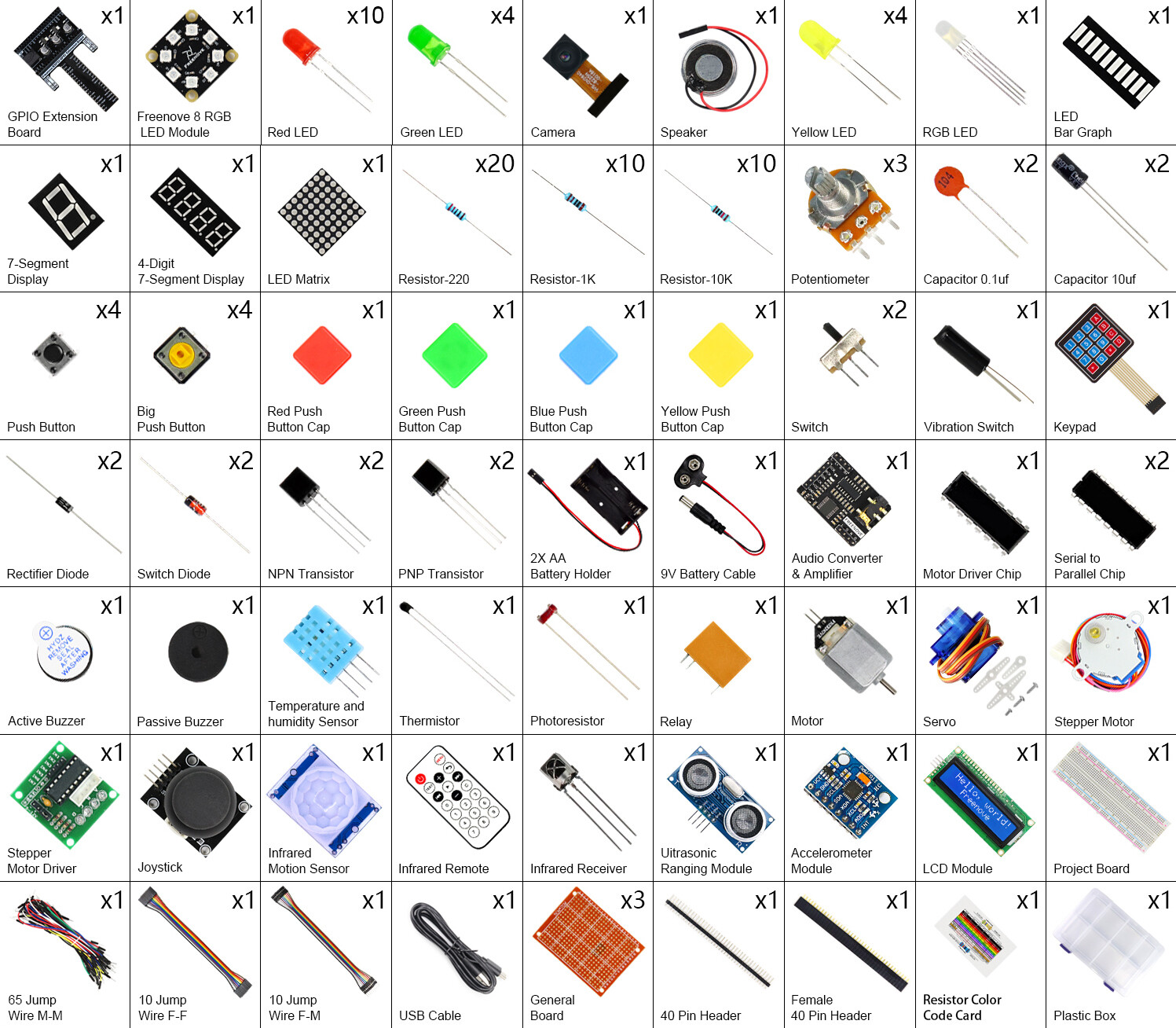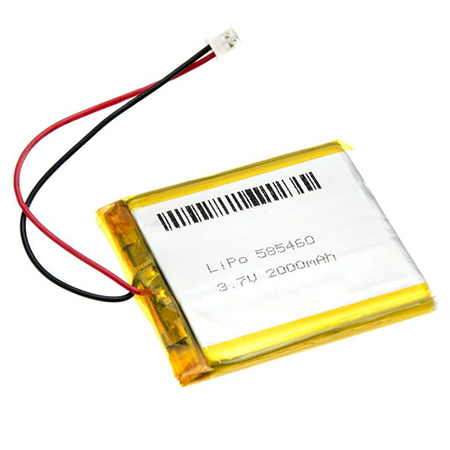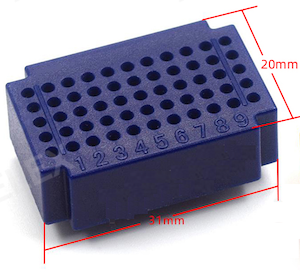Deploying and leveraging compute Everywhere
"Internet of Things" for Everyone
ESP32 based Mesh Stations have low cost and wide support.
esp32_datasheet_en.pdf (1009.6 KB)
Mesh Compute Station (also referred to as "Mesh Station" or just "MS") provide UBIQUITOUS compute power to the environment.
Some reference implementations of a Basic Mesh Station:
-
MS24a
Soldered Headers: no
Battery Connector: yes
Recommended for working alone -
MS24b
Soldered Headers: yes
Battery Connector: no
Recommended for adding peripherials
As part of the Citizen Startup program, we are shipping free Basic Mesh Stations to the first few requests from all government regions worldwide.
Personal Console Controllers are low-cost and diverse computing devices that can be deployed ubiquitously by an individual in many different situations, unlike traditional "internet of things" deployments that are centrally owned and operated, Personal Console Controller are owned and operated INDEPENDENTLY by individual citizens through the Personal Console software on their phones.
From the comfort of their phones, citizens have full control of the physical world by distributing controllers in required locations or carrying controllers with them, individuals can decide what data from their controllers are shared with who and how their controllers make impact on the environment they are in.
Like all other Private Cyberspace components, the focus of Personal Console Controller is to remove the Cost and Skill barriers in benefiting from technology.
Personal Console Controllers give your Private Cyberspace sensors and actuators at revolutionary price points and ease of use by combining free yet featureful software (e.g. ESPHome) with low cost yet powerful hardware (e.g. ESP32):
Personal Console Controller Positioning
ESPHome is the default firmware that Personal Console Controller use, other firmwares like Meshtastic can also be used.
ESPHome supports large number of devices, each year we select one as our Personal Console Controller reference implementation.
All Reference implementations are supported worldwide indefinitely (even if they are no longer being manufactured) and can participate in our buy back scheme so some one else can benefit from them.
ESP32 Notes:
- There are many ESP32 modules if you are starting out stick to the ones that have already been used by other members.
- ESP32's low cost means it only has a single 2.4G radio shred between wifi and bluetooth, since we need to operate both at the same time, we need to be aware of some limitations.
Antenna Pattern
When placing esp32 devices (which normally has a printed meandered inverted-F antenna on the circuit board).
For the strongest possible radio signals, it is important to orient them properly.
source: katerina & robert
The operation of devices at radio frequencies can be affected by the slightest change in device design and the environment but in general the following placement rule apply to most esp32 devices with printed antenna on the same board.
Assuming you have the printed antenna directly in front of you and we call that the Front of the antenna
Processors
| Feature | ESP32-C3 | ESP32 |
|---|---|---|
| Processor | Single-core RISC-V (160 MHz) | Dual-core Xtensa LX6 (240 MHz) |
| Bluetooth | 5.0 | 4.2 |
| Peripherals | Limited | Extensive (e.g. camera interface, touch sensors, DACs) |
| Security | Extensive (e.g. HMAC, digital signature) | Limited |
| Cost | Lower | Higher |













